Budget 2017 – Self-employed and dividend tax changes dominate
Whilst there was no change in some areas, the two big talking points of the budget were the reduction in the tax-free dividend allowance and an increase in National Insurance (NI) for the self-employed.
From April 2018, the self-employed will pay more in ‘Class 4’ NI contributions. The rate is being raised 1% to 10% and then another 1% to 11% in April 2019. For comparison, employed workers pay "Class 1" NI contributions at a rate of 12% on earnings between £8,164 and £45,000. Both the employed and self-employed pay 2% on earnings above £45,000.
The changes have been made to take into account the fact that the self-employed now qualify for the same state pension as employed people. In the past, they did not receive earnings-related top-ups to the state pension. However, the self-employed point out that they receive no sick pay, holiday pay or parental benefits and so should pay less.
To offset this, the proposed scrapping of ‘Class 2’ NI contributions will go through, which means that all self-employed earning less than £16,250 should still receive a tax cut overall.
The Chancellor also announced that the tax-free dividend allowance will fall from £5,000 to £2,000 a year from April 2018. Investors should look to ensure that they use their full Isa allowances in the meantime.
A further announcement was that a new National Savings & Investments (NS&I) three year bond will be available from 6th April. It will pay interest of 2.2% on savings from £100 up to £3,000. Whilst the income will be taxable, the personal savings allowance will apply. The general consensus is that whilst this is welcome, it is only a marginal improvement on what is currently available in the open market.
With regards pensions, after the significant changes over the past couple of years, no changes were announced this time to pension tax relief. However, the money purchase pension annual allowance will be reduced to £4,000 from £10,000 for 2017/18 as previously announced.
Also, with immediate effect, a new 25% tax charge will be applied to transfers of pensions to qualifying recognised overseas pension schemes (QROPS), when the saver is not living in that country. The charge will not apply if the individual and scheme are within the European Economic Area or if the overseas scheme is provided by the individual's employer. It is anticipated that only a small number of transfers will be affected.
As previously announced, the Isa tax-free allowance will increase on 6th April from £15,240 to £20,000, whilst the new Lifetime Isa (Lisa) also becomes available from that date. The Lisa is for those aged between 18 and 40. They can save up to £4,000 per annum, and the government will add a 25% percent bonus if the money is used to buy a home, or as a pension from the age of 60.
Also previously announced were changes to inheritance tax allowances. These come into effect from 6th April. From that date, a new 'Main Residence' Nil Rate Band (MRNRB) of £100,000 will be available on top of the £325,000 basic Nil Rate Band. This MRNRB will be increased by £25,000 per annum so that by 2020/21 an additional £175,000 will be available. The basic Nil Rate Band will remain frozen throughout this period. The net effect will be that for couples (spouses and civil partners) who meet various conditions, they will have a combined inheritance tax allowance of £1m (£325,000 plus £175,000 = £500,000 x 2). Unsurprisingly, the new rules have attracted a lot of criticism, because both the rules and the implementation are highly complex.
Finally, from 6th April, the ‘personal allowance’ will rise from £11,000 to £11,500, which will benefit many, including a lot of pensioners.
This is just a summary of some of the salient points. For more information or to discuss your financial affairs in more detail, please contact Kellands.
